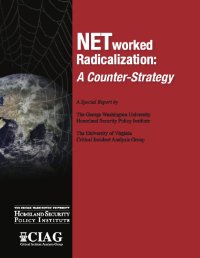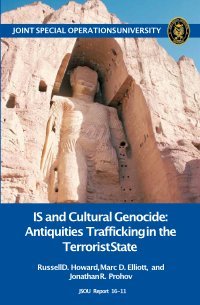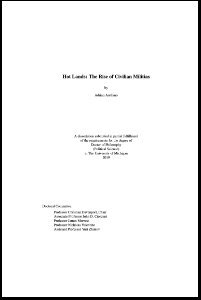By Mark S. Hamm
Today, there are thousands of followers of non-Judeo-Christian faith groups in American correctional institutions. Research suggests that many of these prisoners began their incarceration with little or no religious calling, but converted during their imprisonment. According to the FBI, some of these prisoners may be vulnerable to terrorist recruitment. The purpose of this research is three-fold: (1) to collect baseline information on nontraditional religions in United States correctional institutions; (2) to identify the personal and social motivations for prisoners’ conversions to these faith groups; and (3) to assess the prisoners’ potential for terrorist recruitment. The study creates a starting point for more in-depth research on the relationship between prisoners’ conversion to nontraditional religions and extremist violence. The work is organized into five chapters. Chapter 1 presents a comprehensive review of the literature bearing on the research objectives. This includes an historical overview of Moorish Science Temple and the Nation of Islam, American versions of Islam that have played an important role in radicalizing prisoners through religious identity. The review shows that there are currently opposing views about Islam in prison. One side of the debate takes the position that the Muslim faith offers prisoners a viable path to rehabilitation. The opposing view claims that Islamic prisoners are a threat to U.S. security. Criminological evidence shows that the greatest danger to security is found in mutating forms of “Prison Islam.” Other evidence indicates that the threat emanates from dozens of high-profile terrorists who are already serving lengthy sentences in American correctional facilities.
Terre Haute, IN: Department of Criminology, Indiana State University, 2007. 129p.





















